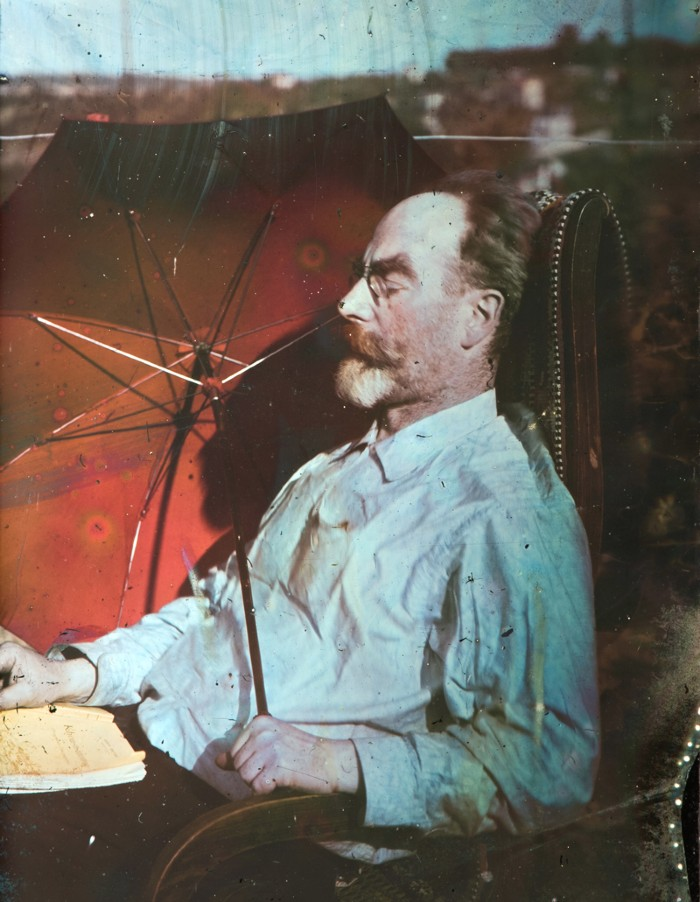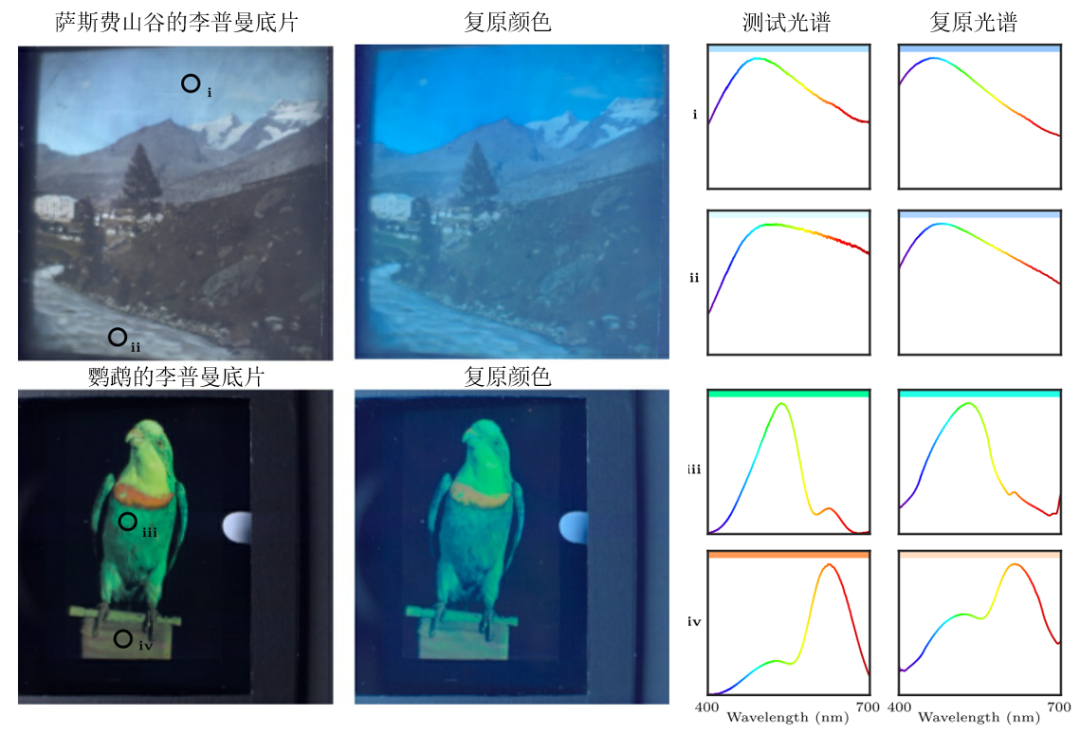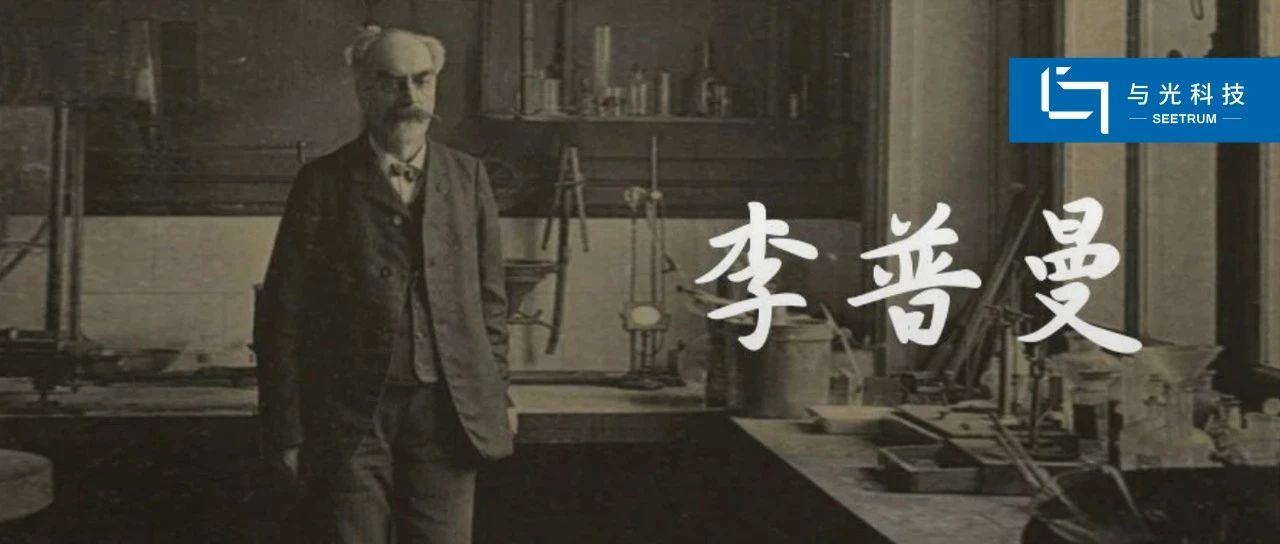撰稿 | KiKi(清华大学 博士后)
Gabriel Lippmann, an academician of the French Academy of Sciences, pioneered photochromy and won the 1908 Nobel Prize in Physics for this technology.

Figure 1: Gabriel Lipman
In the 19th century, people made black-and-white photographs by using photosensitive silver halide. Based on this technology, Lippmann began his research on photochromy with a black-and-white family photo in the summer of 1866. In 1891, he made it and produced color images of stained glass windows, oranges, colored parrots, and landscape and portrait photos (Figure 2).

Figure 2: Lippmann made a colored self-portrait with a groundbreaking method
Lippmann’s photochromy technology uses the principle of light interference. He puts a plate with a photosensitive emulsion into a box containing mercury. During the exposure, the mercury contacts the photosensitive emulsion to form a reflective surface. After that, the photosensitive plate is processed with the common method. When the plate is dry, colors appear. This kind of colors were shown by reflection and will never fade.
This is because during the exposure, the incident light interferes with the reflecting surface, thereby forming interference stripes at the half-wavelength. The incident light is recorded in the emulsion in the form of stripes, keeping the characteristics of the projected light. When the white light is used to illuminate the observing film from the front at a vertical angle, if the wavelength of the recorded light matches the wavelength of the incident light, it will be reflected back to the observer while other wavelengths will be absorbed or scattered by the silver particles, or absorbed by the black anti-reflective coating on the back of the board. It is the selective reflection that helps every point on the negative reflects only those recorded and selected colors to reflect to people's eyes. Therefore, people can see the color presented by the image at every point of the photo.
Even today, most of the ordinary photo technology only records the values of the three basic colors, namely, red, green, and blue, and creates other colors by mixing the three basic colors. However, Lippmann negative can capture 26 to 64 pieces of spectral information in the visible light band. This is the earliest known multispectral imaging technology, which also makes it special.
This method is an important step for the development of photochromy and laid a foundation for the optical holographic technology invented by Dennis Gabor in the 1940s and most modern interference imaging technologies.
However, for the reasons that this color photography method requires a longer exposure time, the colors produced are not so saturated, and it is difficult to replicate in large quantities, this method was not adopted by the mainstream. Eventually it was replaced by Maxwell's three-color photography method and today it is almost forgotten.
For "the earliest multispectral measurement technology ever", researchers from École Polytechnique Fédérale de Lausanne (EPFL) made major discoveries after having the opportunity to contact with the original Lippmann film.
Researchers reproduced this photographic technique from more than 100 years ago by restoring the original light of historical scenes and creating a digital copy of the original photo. They published a paper named Shedding light on 19th century spectra by analyzing Lippmann photography on “Proceedings of the National Academy of Sciences of the United States of America” (PNAS).
First, researchers made Lippmann film with a glass substrate, photosensitive emulsion and mercury.
Later, in order to recover the original light of the historical scene shown on the photo, they researched on the restoration method of the spectrum. They analyzed the influence of the thickness of the reflective medium layer and the photosensitive emulsion on the restoration effect, established a spectrum restoration model, and tested the model.
Finally, they restored the Saas-Fee Valley taken by Lippmann between 1891-1899 and the Parrot taken by Richard Neuhauss in 1899.

Researchers believe that a re-examination of Lippmann's photographic technology can provide new ideas for today's technologies. It is conducive to the development of future technologies, and it can be applied to multispectral cameras, printing and display design.
Researchers reconstructed the physical principles behind Lippmann's photography and built a digital Lippmann multispectral camera prototype based on this principle. In addition, they are also interested in the synthesis of multi-spectral images. Currently, They are studying how to use femtosecond lasers to locally change the refractive index of the substrate (such as silicon dioxide) so as to achieve Lippmann multi-spectral imaging without photochemical methods.
Original paper:
PNAS April 27, 2021 118 (17) e2008819118PNAS April 27, 2021 118 (17) e2008819118
Click here to see the original paper:
https://doi.org/10.1073/pnas.2008819118








